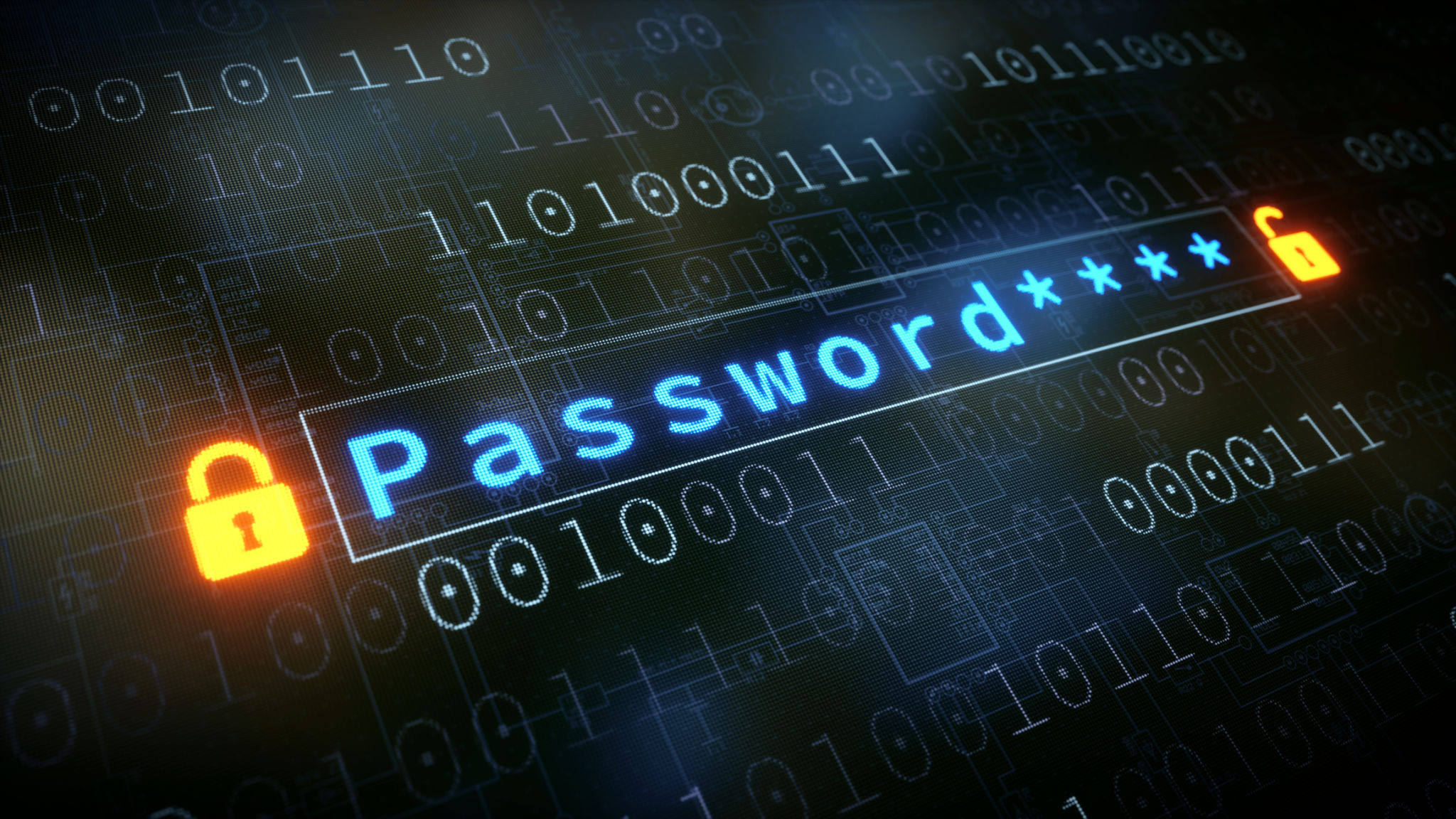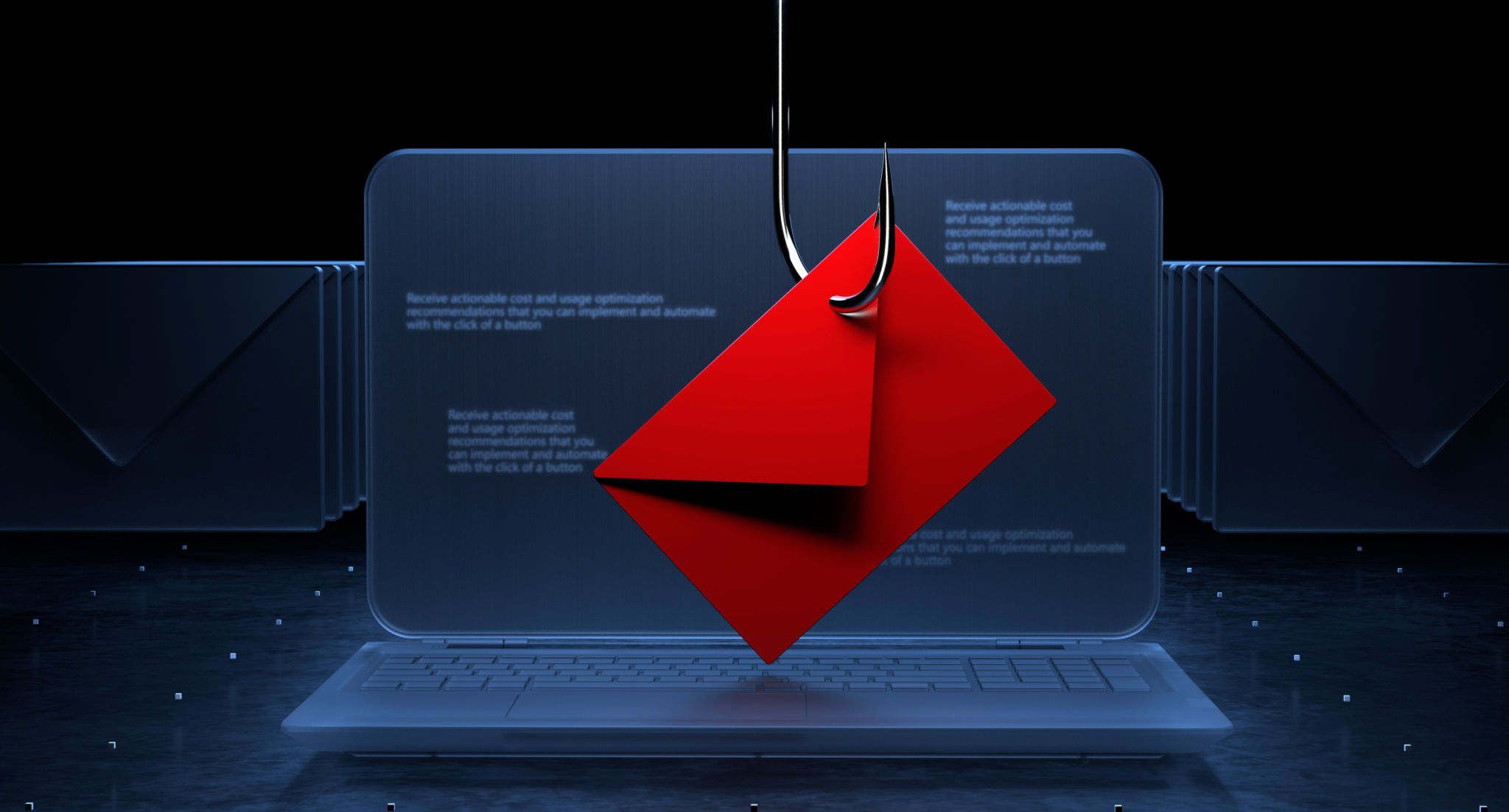How to Protect Personal Data: Essential Tips for Australian Users
Understanding the Importance of Personal Data Protection
In today's digital age, personal data is frequently shared across various platforms, making it crucial for individuals to safeguard their information. For Australians, protecting personal data is not just about maintaining privacy but also about preventing identity theft and financial fraud. As cyber threats continue to evolve, understanding how to protect your data is essential.
One of the first steps is recognizing what constitutes personal data. This includes any information that can identify you, such as your name, address, phone number, and even your IP address. Being aware of what data you are sharing can help in taking the necessary precautions to protect it.

Use Strong Passwords and Two-Factor Authentication
A simple yet effective way to protect your personal data is by using strong passwords. Ensure that your passwords are long, unique, and contain a mix of letters, numbers, and special characters. Avoid using easily guessable information like birthdays or common words.
Additionally, enable two-factor authentication (2FA) wherever possible. This adds an extra layer of security, requiring not only your password but also a second form of verification, such as a text message code or an authentication app prompt.

Be Cautious with Public Wi-Fi
Public Wi-Fi networks are convenient but can be risky. When using public networks, avoid accessing sensitive information or making transactions. If you must use public Wi-Fi, consider using a Virtual Private Network (VPN) to encrypt your internet connection and protect your data from potential eavesdroppers.
VPNs create a secure tunnel for your internet traffic, making it difficult for hackers to intercept your data. Choose a reputable VPN provider that offers strong encryption and privacy policies.
Keep Software and Devices Updated
Regularly updating your software and devices is crucial in protecting against cybersecurity threats. Software updates often include patches for security vulnerabilities that could be exploited by cybercriminals. Ensure that your operating system, applications, and antivirus software are kept up-to-date.

Automate updates whenever possible to ensure you don't miss critical security patches. Additionally, consider using reputable security software that provides real-time protection against malware and other online threats.
Be Mindful of Phishing Scams
Phishing scams are fraudulent attempts to obtain sensitive information by disguising as trustworthy entities. Be cautious of unsolicited emails or messages asking for personal information or urging you to click on suspicious links.
Always verify the source of the communication by checking the sender's email address and looking for any inconsistencies or red flags. When in doubt, contact the organization directly using contact information from their official website.

Regularly Review Privacy Settings
Your online accounts often have privacy settings that allow you to control who can see your information. Regularly review these settings to ensure they align with your privacy preferences. Limit the amount of personal information shared publicly on social media platforms.
Also, be mindful of apps and websites that request access to your data. Only grant permissions that are necessary for the functionality you require and regularly review app permissions on your devices.
Conclusion
Protecting personal data is a continuous process that requires vigilance and proactive measures. By implementing these essential tips, Australian users can significantly reduce the risk of their personal information being compromised. Stay informed about the latest cybersecurity trends and continuously adapt your strategies to safeguard your data effectively.
